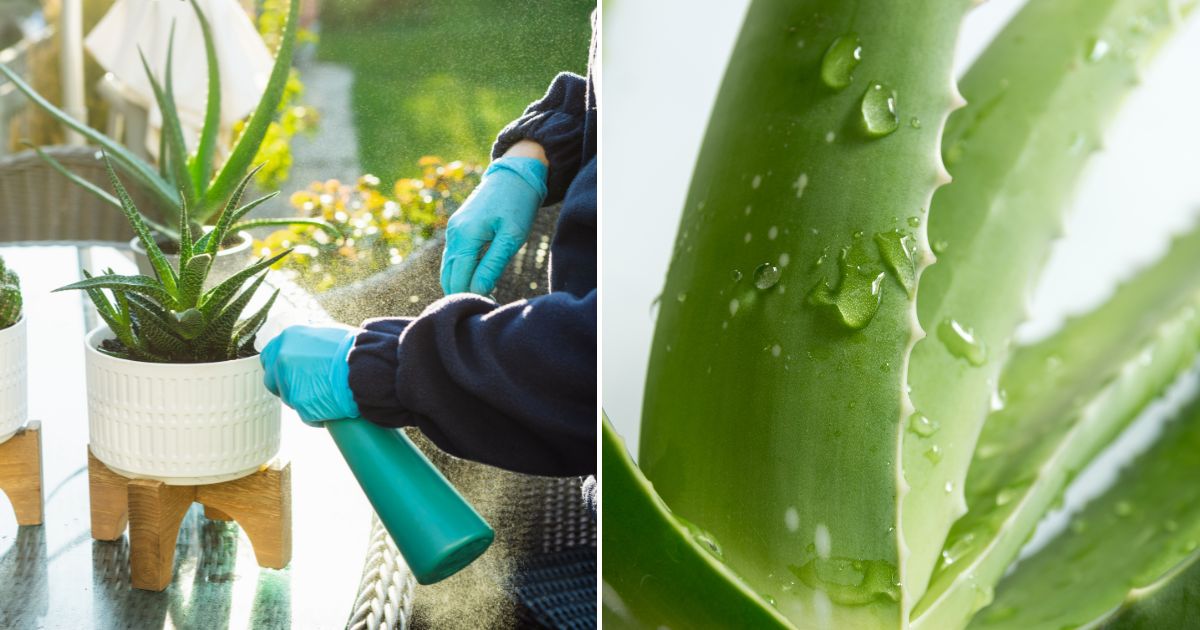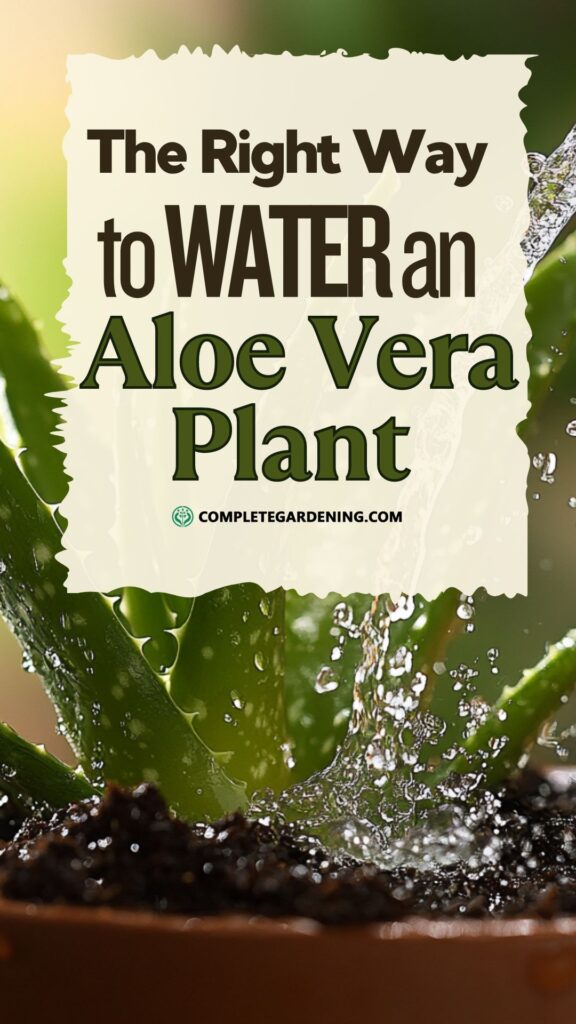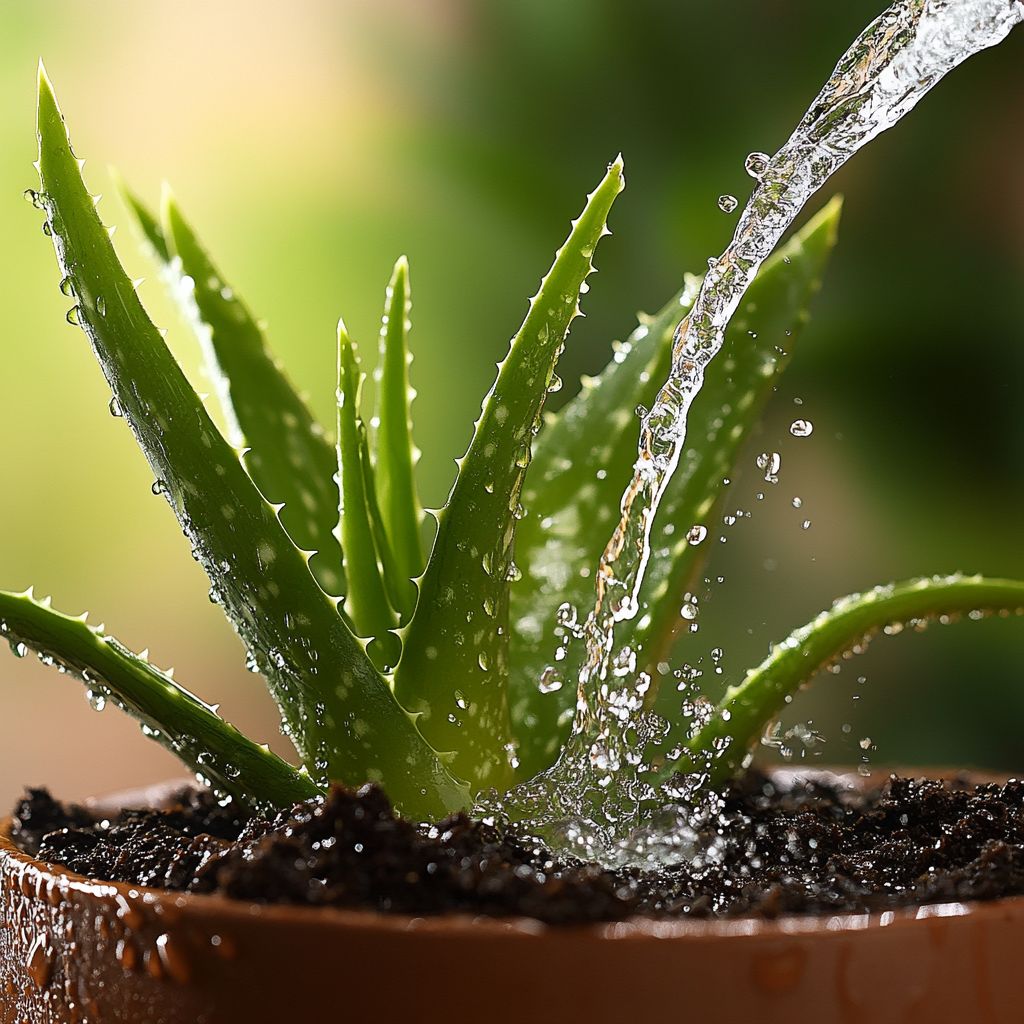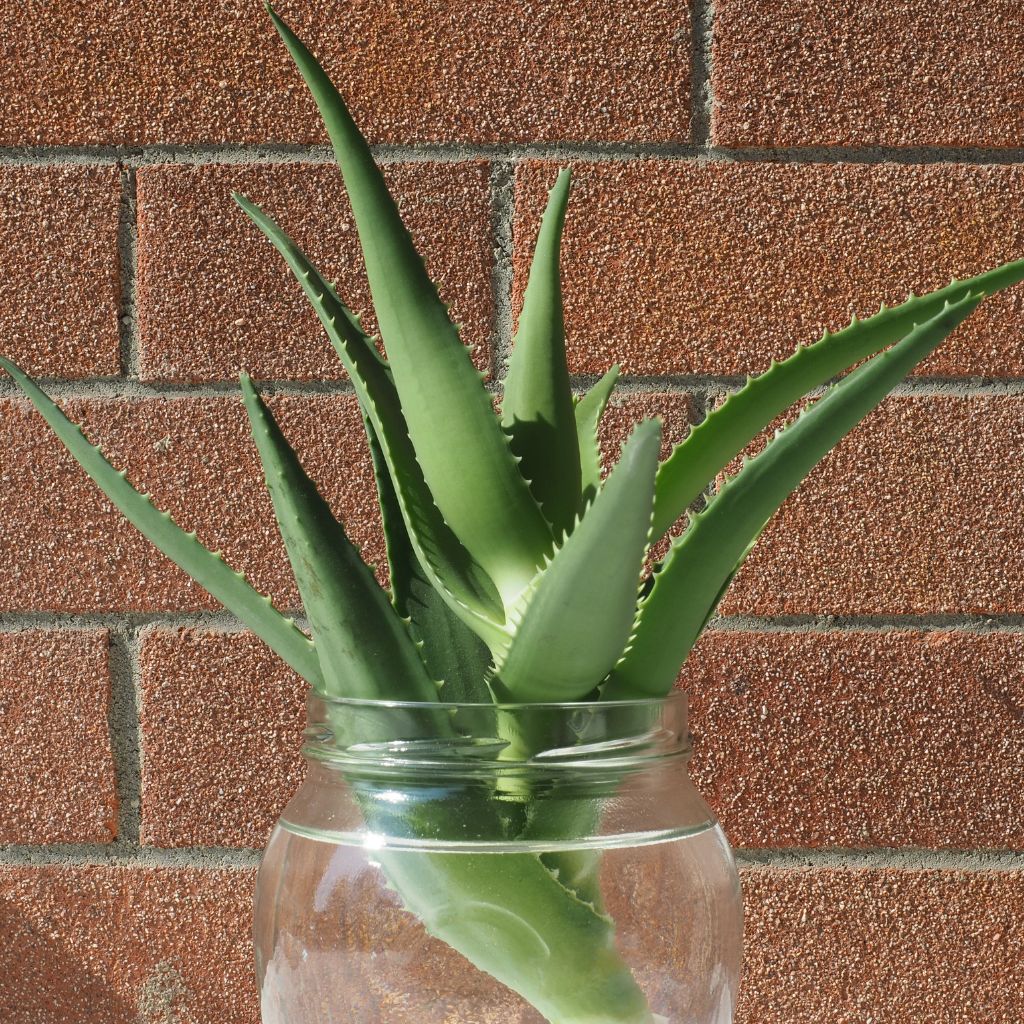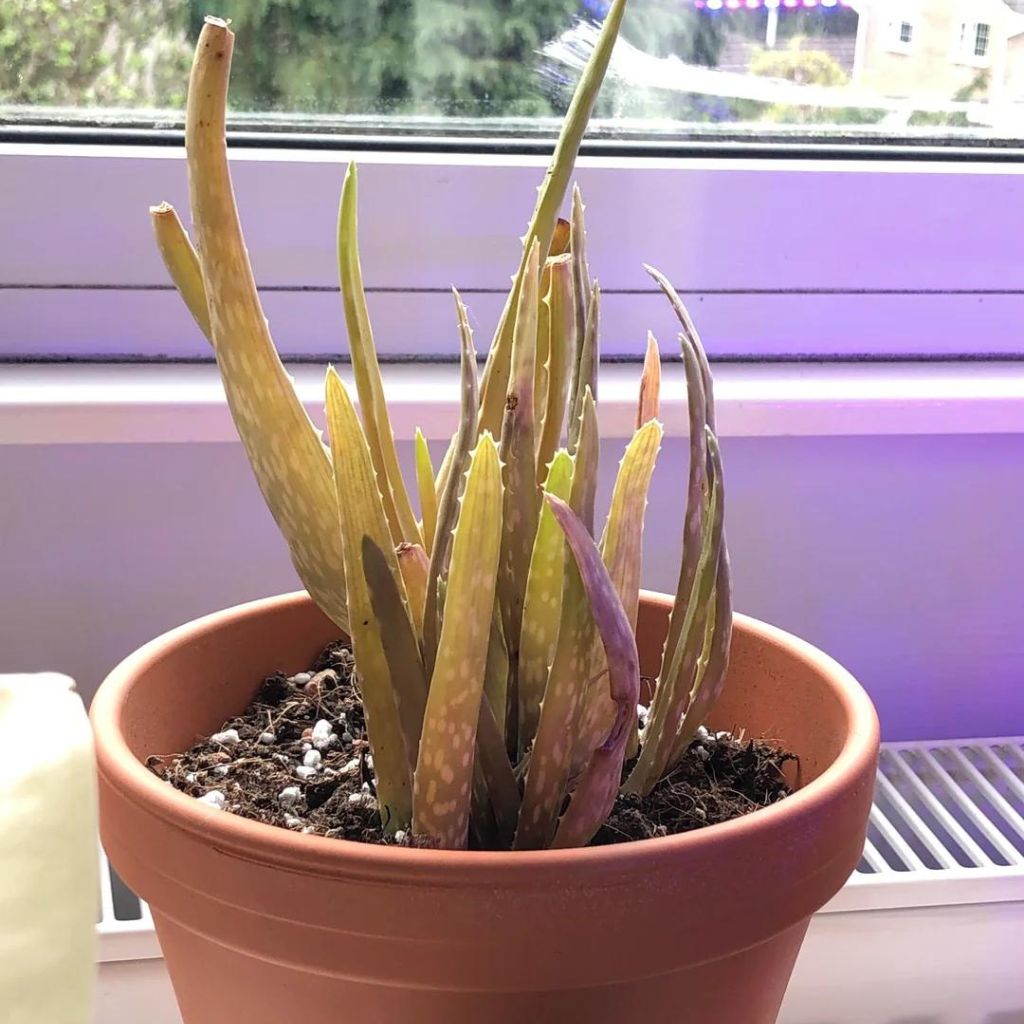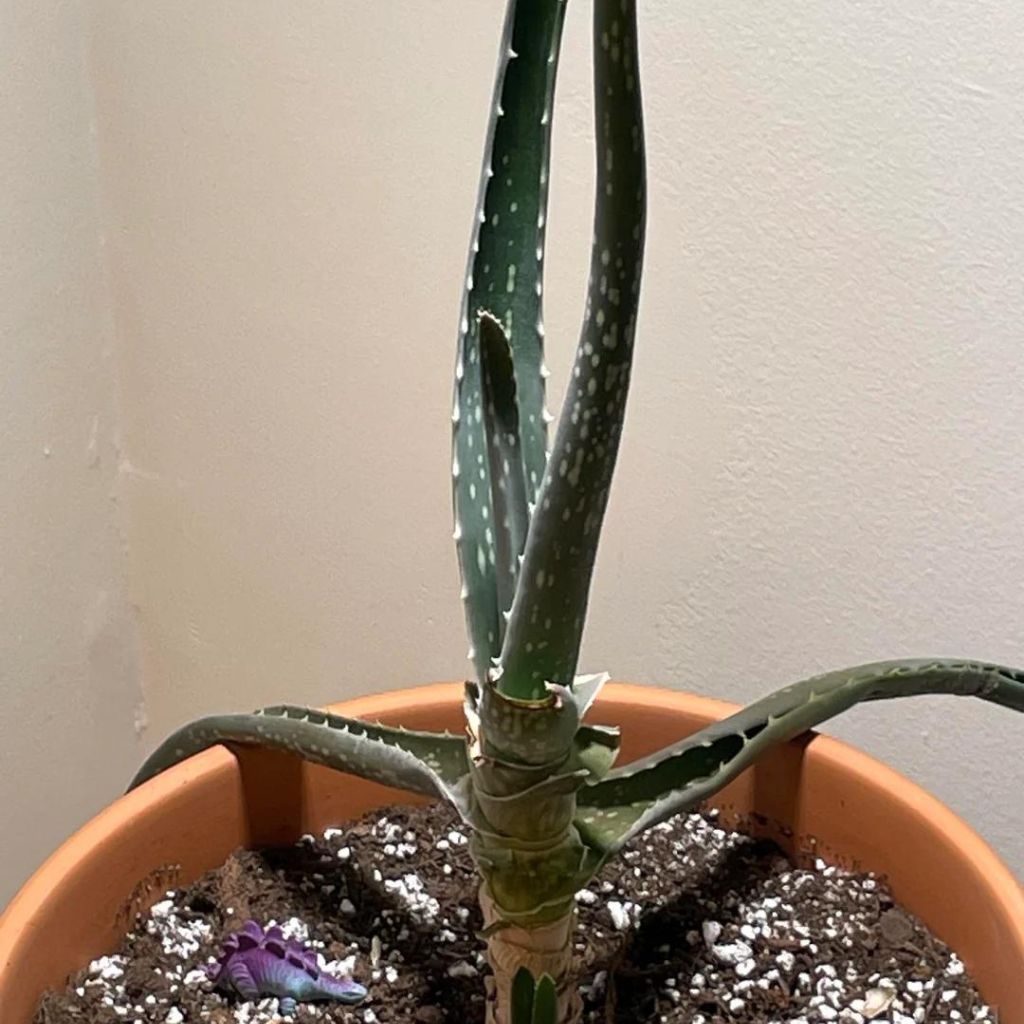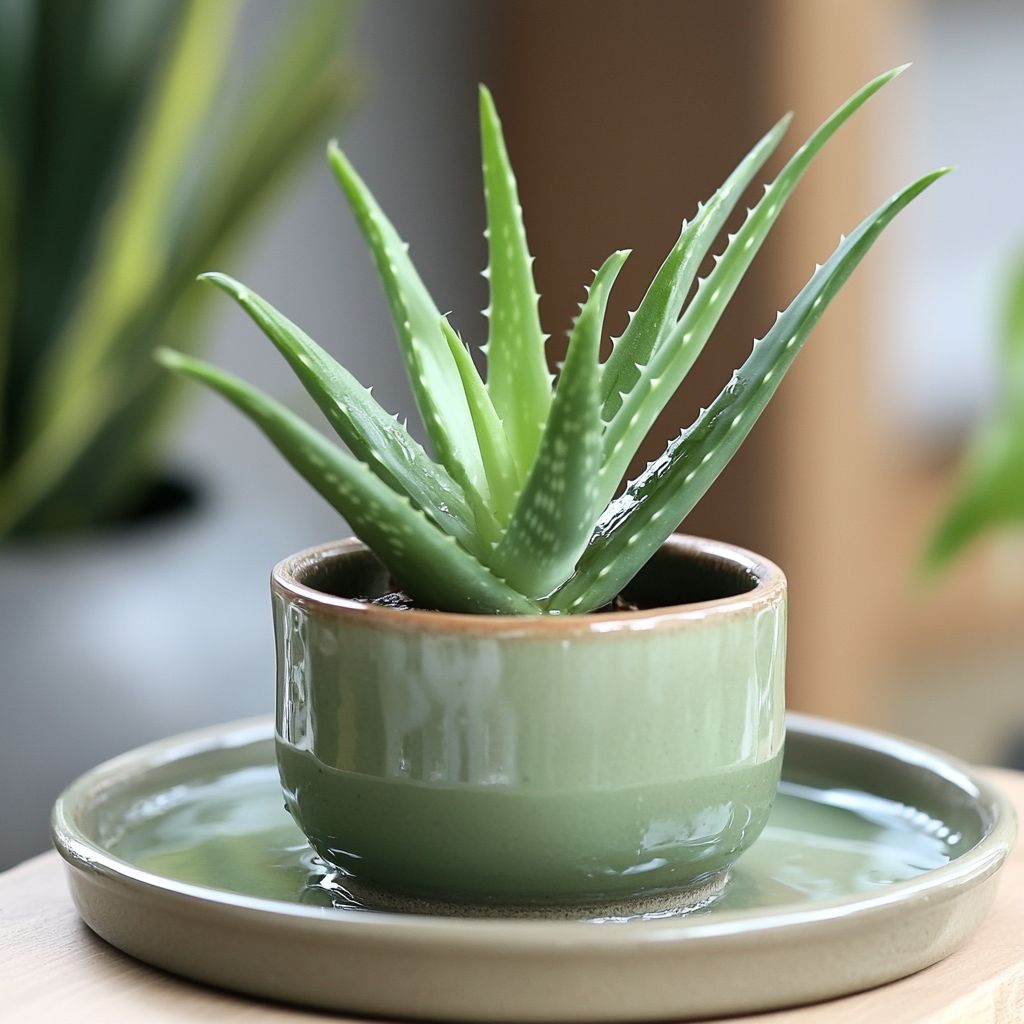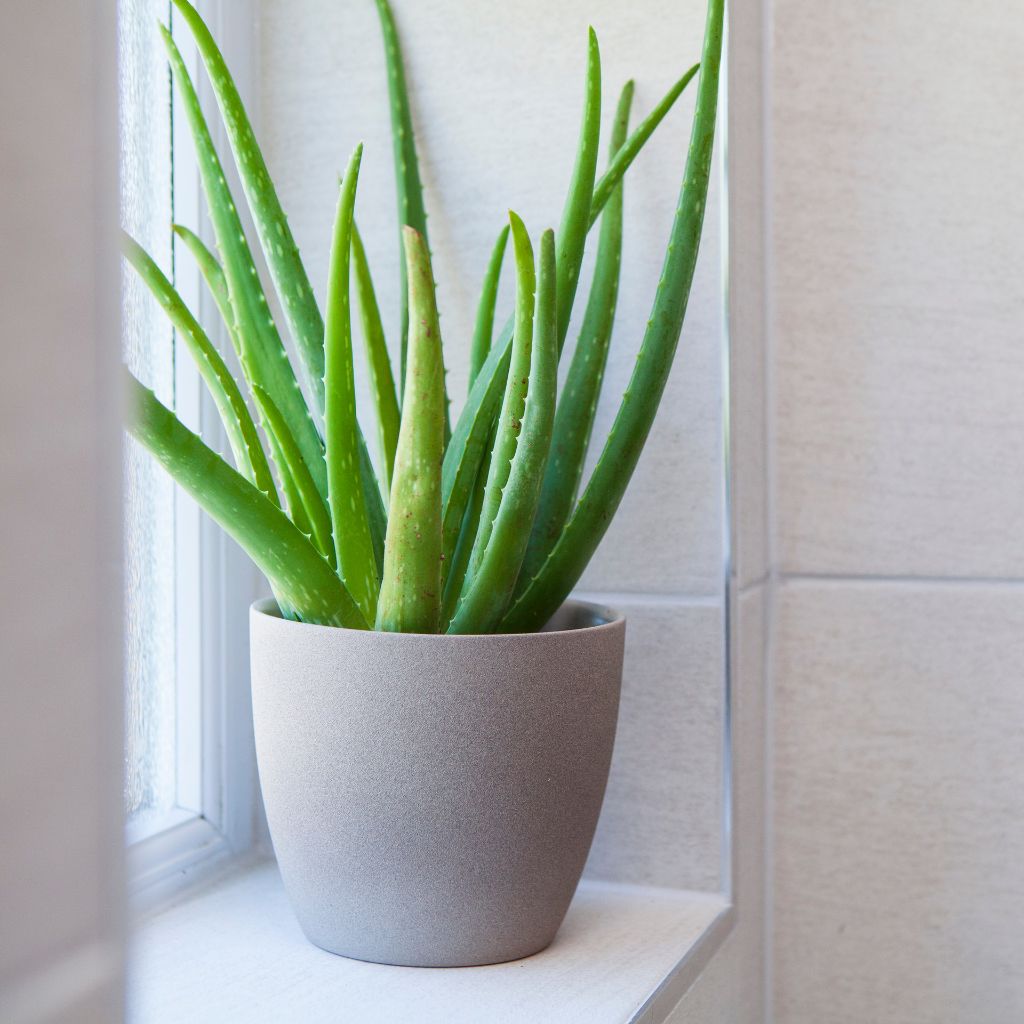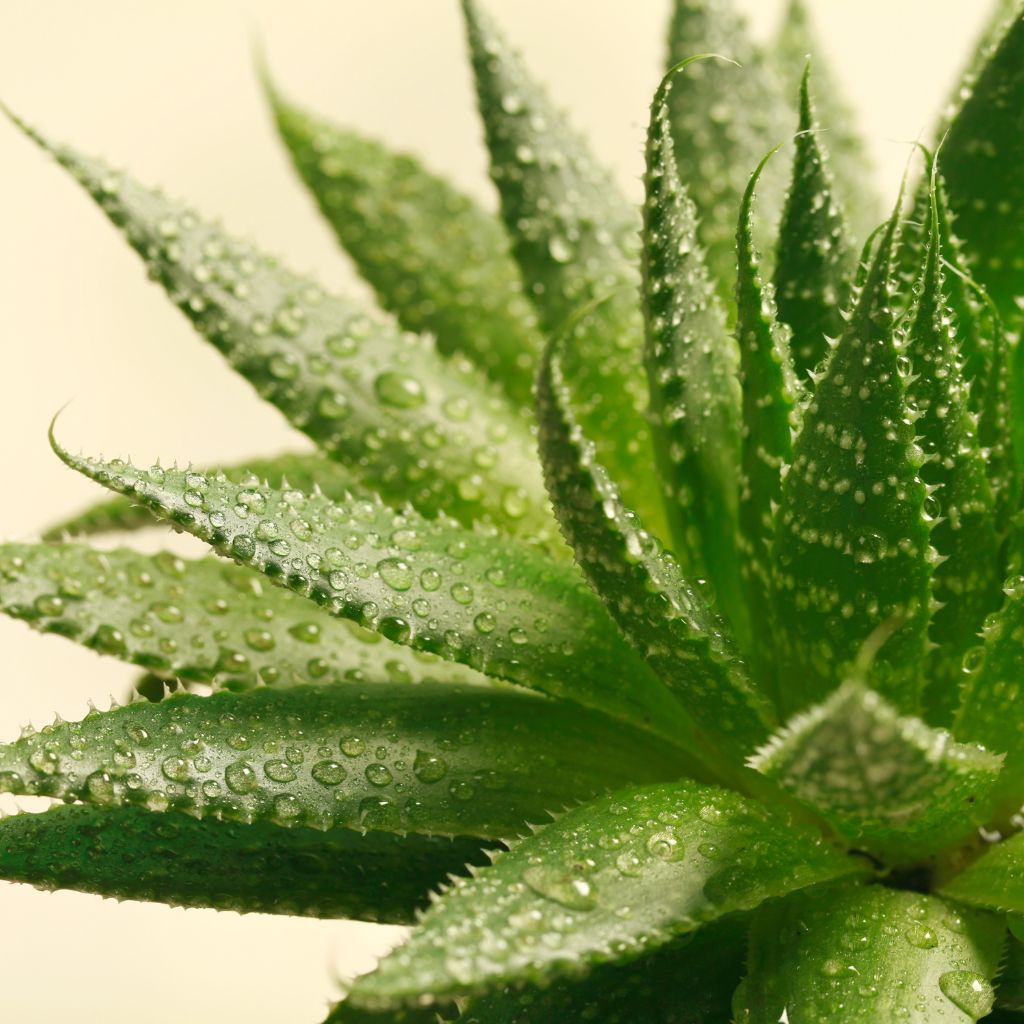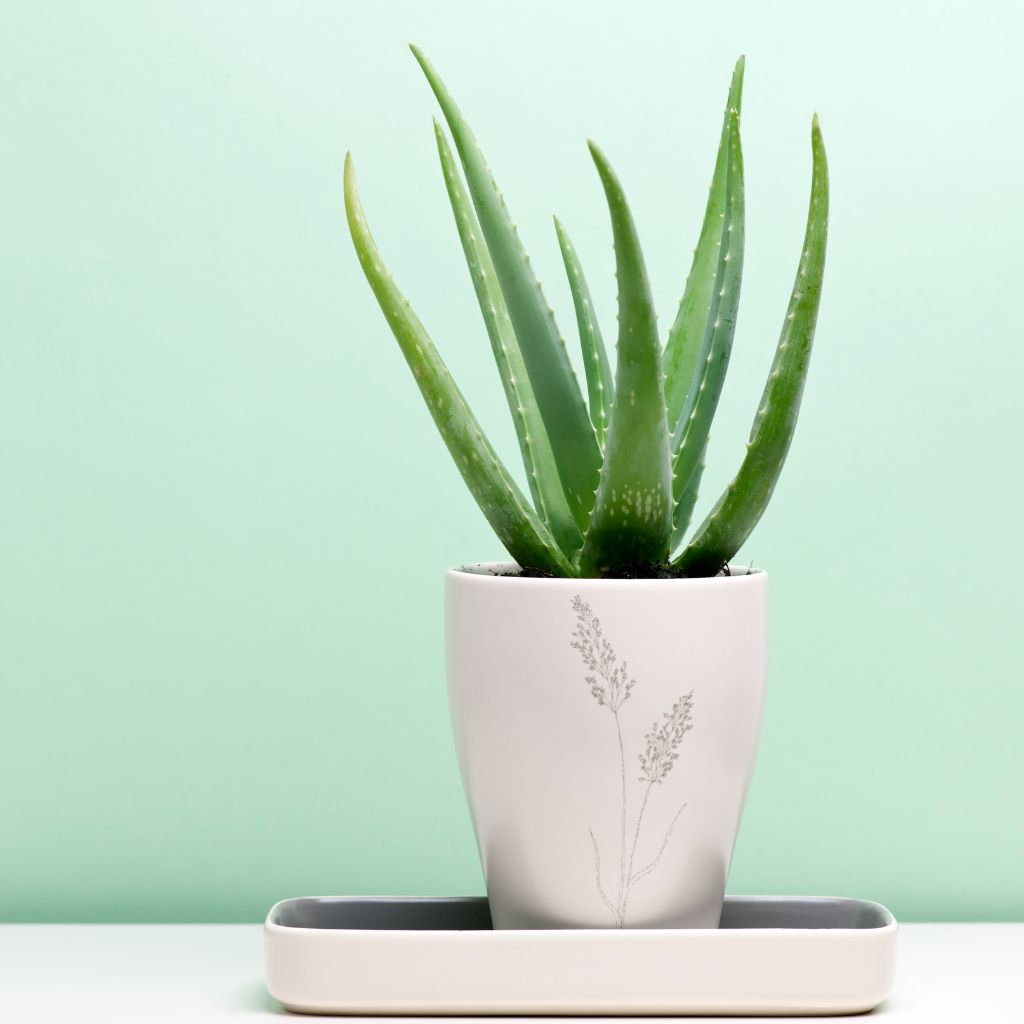Aloe vera plants are incredibly popular, not only for their aesthetic appeal but also for their numerous health benefits. Known for their thick, fleshy leaves that store water, these succulents are relatively low-maintenance.
However, one of the most crucial aspects of their care is proper watering. Getting the watering routine right is essential to ensuring your aloe vera thrives and remains healthy.
Overwatering or underwatering can lead to serious issues, including root rot or wilting. In this little guide, we’ll delve into the best practices for watering your aloe vera plant to keep it in top condition.
Understanding Aloe Vera’s Watering Needs
Aloe vera plants are succulents, meaning they have adapted to survive in arid environments. They do this by storing water in their leaves, which allows them to withstand periods of drought.
However, this characteristic also means that they are prone to overwatering, which can be fatal. Understanding how to water your aloe vera correctly starts with knowing its unique needs.
The Importance of Proper Watering
Watering is a critical factor in aloe vera care. Unlike other houseplants, aloe vera doesn’t require frequent watering. Instead, it needs a balance between hydration and periods of dryness.
Too much water can lead to root rot, while too little can cause the plant to dehydrate and wilt. The key is to mimic the natural conditions of the plant’s native environment.
When to Water Your Aloe Vera Plant
There’s no universal schedule for watering aloe vera plants. The frequency depends on various factors such as the plant’s size, the season, indoor versus outdoor location, and the environment. Here’s how you can determine when your plant needs watering:
Checking Soil Moisture
The best way to tell if your aloe vera needs water is by checking the soil moisture. One method is to insert your finger about 2 inches into the soil. If the soil feels dry, it’s time to water the plant.
Alternatively, you can use a moisture meter, a small device that provides a more accurate reading of the soil’s moisture content. A reading between 1 and 3 typically indicates that the soil is dry and the plant needs watering.
Seasonal Considerations
Spring and Summer: During these warmer months, aloe vera plants are in their active growing phase. This is when they require more water due to increased evaporation and the plant’s metabolic activities.
Check the soil every two to three weeks for indoor plants, and weekly if the plant is outdoors.
Fall and Winter: As the temperatures drop, aloe vera enters a semi-dormant state where its growth slows down. During this time, the plant requires much less water.
Typically, watering once every four to six weeks is sufficient. Always let the soil be your guide, and only water when the top 2 inches are dry.
How Much Water Does an Aloe Vera Plant Need?
The amount of water your aloe vera needs depends on several factors, including its size and the environment.
However, a general rule of thumb is to water the plant deeply but infrequently. Here’s how you can ensure your plant gets the right amount of water:
Deep Watering
Aloe vera plants prefer deep watering. This means you should water the plant thoroughly until water starts to drain out of the bottom of the pot. This ensures that the water reaches the roots, which is crucial for the plant’s health.
However, you should allow the soil to dry out completely between watering sessions to prevent overwatering.
Avoiding Overwatering
Overwatering is the most common mistake people make with aloe vera plants, or plants in general. Signs of overwatering include:
- Soft, Mushy Leaves: If the leaves start to feel soft and mushy, it’s a clear sign of overwatering. The plant’s cells are becoming waterlogged, which can lead to rot.
- Yellowing Leaves: Overwatered aloe vera leaves may turn yellow or brown, particularly at the tips.
- Droopy Leaves: Healthy aloe vera leaves stand upright or curve slightly. If your plant’s leaves are drooping, it could be a sign of excess water.
- Root Rot: If the roots are consistently sitting in water, they can develop root rot, which is often fatal. This condition manifests as a foul smell and blackened roots.
Avoiding Underwatering
While aloe vera is drought-tolerant, it still needs water to survive. Signs of underwatering include:
- Wilting or Shriveling Leaves: If the leaves begin to wilt or shrivel, it’s a sign that the plant isn’t getting enough water.
- Puckering: The leaves may start to pucker as they lose their turgidity due to lack of water.
- Dry, Crispy Tips: When underwatered, the tips of the leaves may become dry and brittle.
The Best Methods to Water Aloe Vera
There are two primary methods for watering an aloe vera plant: top watering and bottom watering. Each has its pros and cons.
Top Watering
Top watering is the most common method. Here’s how to do it correctly:
1. Pour water directly onto the soil until it starts to pool on the surface or drains out of the bottom. Be careful not to pour water directly onto the leaves, as this can cause rot if water gets trapped in the leaf bases.
2. Allow the water to drain completely. Ensure the pot has drainage holes to prevent water from accumulating at the bottom, which can lead to root rot.
3. Empty the drip tray after watering to ensure the plant isn’t sitting in water.
Top watering is recommended for aloe vera plants as it helps prevent overwatering and allows you to monitor how much water the plant is receiving.
Bottom Watering
Bottom watering involves placing the pot in a tray filled with water and allowing the plant to absorb moisture through the drainage holes.
- Place the pot in a shallow dish or tray filled with water. Leave the plant in the water for about 10-15 minutes, allowing it to soak up moisture.
- Remove the pot and let it drain thoroughly.
Bottom watering can be effective if the soil has become too dry and is not absorbing water well from the top.
However, it can be difficult to gauge how much water the plant has absorbed, increasing the risk of overwatering. This method is generally not recommended for regular watering but can be useful in specific situations.
Environmental Factors Affecting Watering
Several environmental factors can affect how often and how much you should water your aloe vera plant:
Light
Aloe vera plants that are exposed to bright, indirect light will require more frequent watering than those kept in low light. Direct sunlight can cause the soil to dry out faster, necessitating more frequent checks.
Temperature
The temperature of your environment plays a significant role in the plant’s watering needs. In warmer climates or during the summer, aloe vera will need more water due to increased evaporation.
Conversely, in cooler environments, the plant will require less water.
Humidity
In humid environments, the soil retains moisture longer, so you may need to water less frequently. In contrast, dry climates will require more frequent watering.
Soil Type
Aloe vera thrives in well-draining soil, such as a cactus or succulent mix. If the soil retains too much moisture, it can lead to root rot. Ensure your aloe vera is planted in a mix that allows for adequate drainage.
Tips for Aloe Vera Watering Success
Here are some additional tips to help you master the art of watering your aloe vera plant:
1. Use the Right Pot: Choose a pot with drainage holes to prevent water from accumulating at the bottom. Terra cotta pots are ideal because they allow for better airflow and evaporation.
2. Check for Drainage: Always ensure that the potting mix is well-draining. A mix of potting soil, sand, and perlite is ideal for aloe vera plants.
3. Adjust Watering in Winter: During the winter, reduce the frequency of watering as the plant’s growth slows down. Watering once every four to six weeks is typically sufficient.
4. Use Filtered Water: If your tap water is high in minerals or chemicals, consider using filtered or distilled water to prevent buildup in the soil, which can affect the plant’s health.
5. Fertilizing Caution: If you’re fertilizing your aloe vera, water it thoroughly before applying fertilizer to prevent root burn.
Watering an aloe vera plant correctly is crucial to its health and longevity. By understanding the plant’s needs and the environmental factors that affect its watering schedule, you can ensure your aloe vera thrives.
Always let the soil’s moisture level guide your watering routine, and remember that less is often more when it comes to watering succulents.
With the right care, your aloe vera plant will not only survive but flourish, providing you with its many benefits for years to come.
